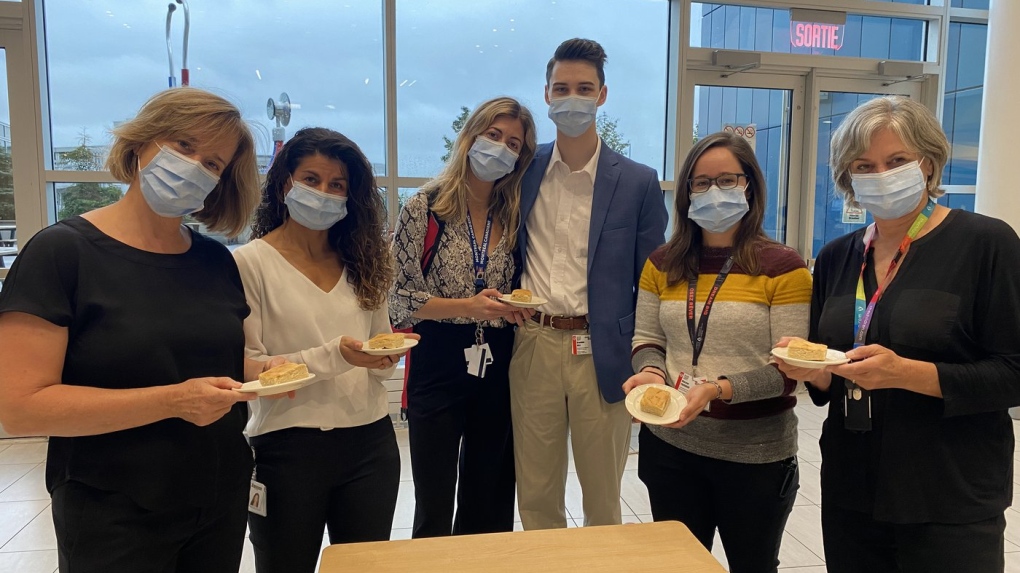An experience with a patient who didn’t want to eat because the meals reminded him of residential school prompted a Montreal hospital to start offering bannock bread to its Aboriginal patients.
Julie Woodfine, a psychiatric liaison nurse at the McGill University Health Centre, said the idea came about after a 69-year-old Cree patient from Chisasibi was hospitalized after undergoing cancer surgery.
“I worked for many years up north,” Woodfine said in an interview this week. “I know a bit about the First Nations and Inuit diet. And I knew bannock was a very important part of their diet. It’s their traditional bread, and it’s also a type of comfort food.
Dr Marie-Josée Brouillette, a psychiatrist at the hospital, said patient George Matches told hospital staff last fall that he refused to eat because the food in the hospital brought back memories from boarding school.
“We felt very bad. I had no idea food could be such a loaded issue,” Brouillette said. “And that in fact, just trying to feed a patient creates an experience that reminds them of trauma.”
Woodfine said that before approaching the hospital with her idea of including traditional foods for Indigenous patients, she consulted with the hospital’s Indigenous interpreters to get their input.
Woodfine then contacted Maryse Fournier, Food Services Manager at the hospital, to develop the ideal recipe for the patients.
“We contacted our partners and they were super nice. They shared some recipes. We also contacted the Thunder Bay Regional Health Center in Ontario, where they have already added the bannock to offer to their patients. But we are the first hospital in Quebec to do so,” Fournier said in an interview.
The Food Services team looked at more than 10 recipes, analyzing ingredients, dietary restrictions, equipment needed to make the bread, and the feasibility of incorporating bannock into a large kitchen.
“We organized tasting panels. We were fortunate to have First Nations interpreters…. We also had psychiatrists who joined us. We all tested the recipes and we all loved them,” said Fournier.
Most Indigenous communities in Canada have some version of bannock. For example, the Inuit call it palauga, while the Mi’kmaq call it luskinikn. For now, bannock is only made twice a week and hospital staff are prioritizing bread for native patients.
Nakuset, the founder of Resilience Montreal, a non-profit day shelter serving First Nations communities in Montreal, called the initiative a good first step.
She said that many people from Indigenous communities in Quebec come to Montreal for health care, but there is a lot of apprehension because they worry about discrimination and isolation in the health care system of Province.
“I think people who have to travel and come to hospitals here in Montreal, they might be very anxious and worried, and imagine being served bannock,” she said. “It’s like, wow, it’s really grounded, because it’s something from their culture, and that will make it a positive experience.
Matches died in January. But his four daughters, Elizabeth, Dinah, June and Nancy Matches, told The Canadian Press via email that they were honored the hospital had started the initiative thanks to their father.
“We, the daughters of George Matches, would like to thank the MUHC for making it possible for the Indigenous people hospitalized there to have a little something of home,” they said.
This report from The Canadian Press was first published on October 22, 2022.

“Travel aficionado. Twitter scholar. Writer. Extreme coffee guru. Evil pop culture fanatic.”
